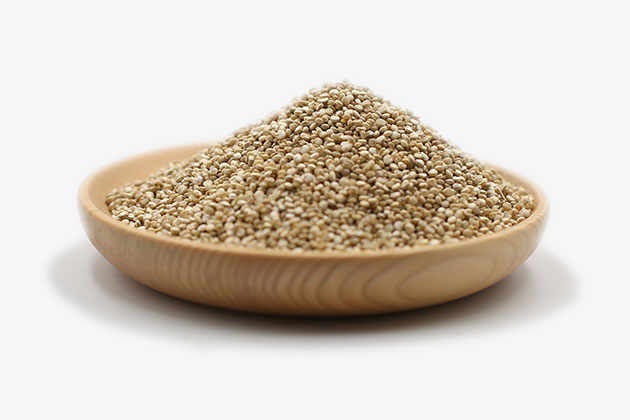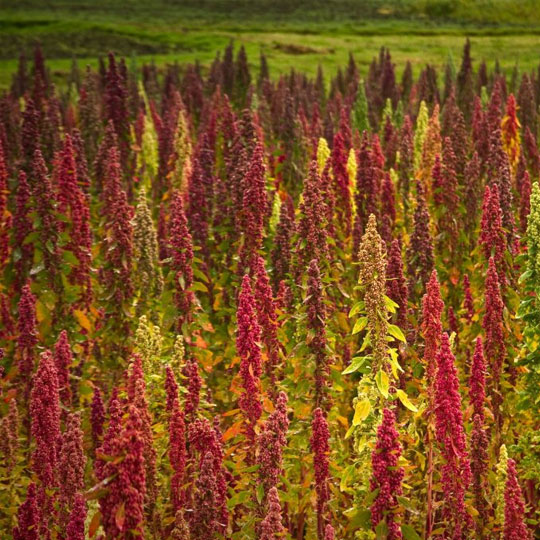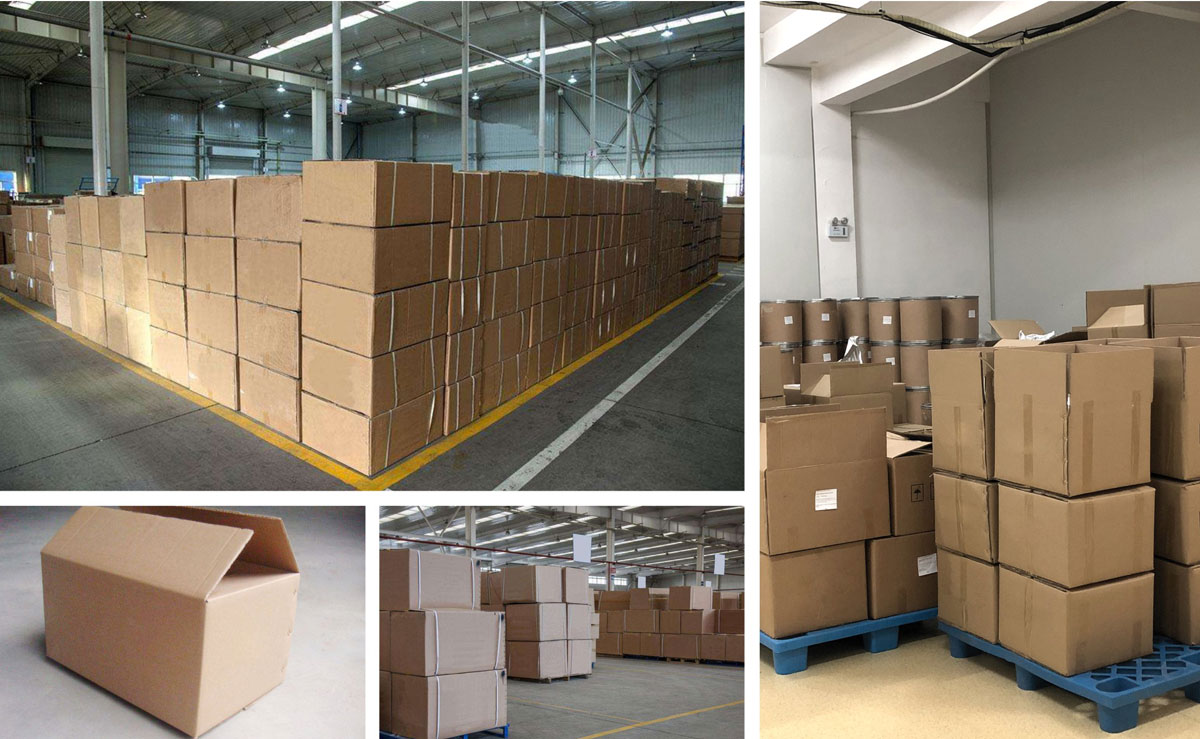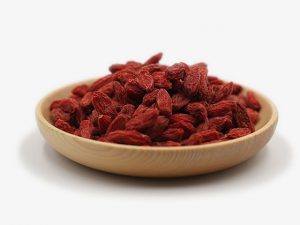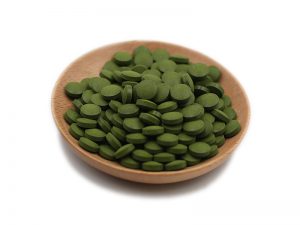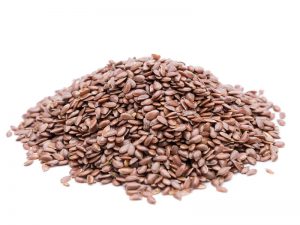Organic quinoa grain has a small round shape,semi-flattened of yellowish-white color. This plant is rich in protein, carbohydrates and it has an excellent balance of amino acids, essential for the development of tissues in the human body.
Quinoa originated in the Andean region of northwestern South America, and was domesticated 3,000 to 4,000 years ago for human consumption in the Lake Titicaca basin of Peru and Bolivia, the Quinoa was introduced into China at the end of the last century, China has cultivated 9000 hectares of quinoa by 2017, which mainly planted in Hebei, Qinghai, Shanxi, Yunnan, etc provinces.
Quality Control
The quality of the starting material is an essential prerequisite, since it may affect all the subsequent phases. Hence GMPs have applied already from these early steps to guarantee the characteristics of the final product. At this stage, there are a number of measures we employ:
√ supplier inspection and qualification
√ area selection
√ control of:
– harvesting period and harvesting method
– drying conditions
– storage
√ botanical identification of the plant and part of the plant
√ quarantine of the biomass under monitored conditions
√ microbiological analysis
√ chemical analysis
√ control of contaminants, including:
– pesticides
– aflatoxins
– heavy metals
Only after all of these controls will the raw material be released for further processing or rejected due to non-conformance with our strict requirements.
Benefits
Quinoa provides protein, dietary fiber, B vitamins, and dietary minerals in rich amounts above those of wheat, corn, rice or oats. It is gluten-free. Nutritional evaluations indicate that a 100 g serving of quinoa flour is a rich source (20% or higher of the Daily Value, DV) of protein, dietary fiber, several B vitamins, including 46% DV for folate, and dietary minerals. After cooking, which is the typical preparation for eating, quinoa is 72% water, 21% carbohydrates, 4% protein, and 2% fat. In a 100 g serving, cooked quinoa provides 120 calories and is an excellent source of manganese and phosphorus (30% and 22% DV, respectively), and a moderate source (10-19% DV) of dietary fiber, folate, and the dietary minerals, iron, zinc, and magnesium.
